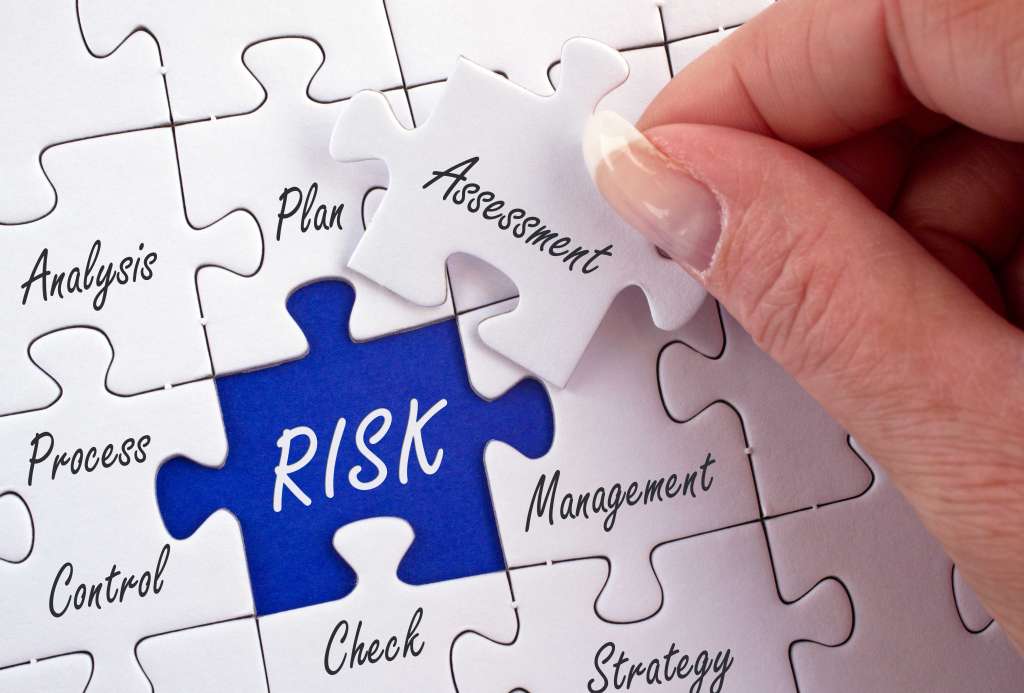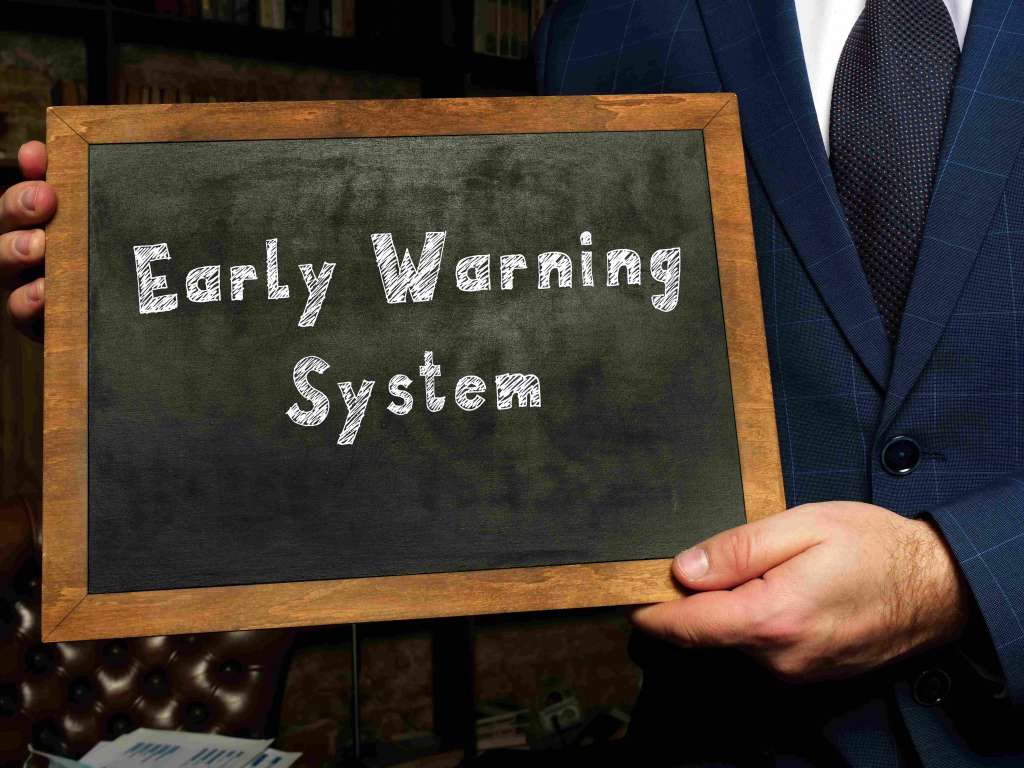Supply Chain Risk Management: 10 Strategies For Success



Summary: As the fashion industry continues to grow, companies must ensure that their supply chain management strategies are up-to-date and effective. From understanding your supply chain processes to setting up a monitoring system, learn how you can successfully manage potential risks while ensuring the success of your business.
As the fashion industry becomes increasingly globalized, supply chain risk management (SCRM) is becoming an important area of focus for companies. SCRM is the process of identifying, assessing, and mitigating risks throughout the supply chain. By identifying and addressing risks early on, companies can avoid costly disruptions down the line.
A number of different risks can occur throughout the fashion supply chain, from raw materials shortages to natural disasters. Political instability, currency fluctuations, and transportation delays are also common risks that can impact fashion companies.
What are the common risks in the fashion industry?
- Supply chain disruptions
- Product quality issues
- Changing consumer tastes
- Copyright infringement
10 strategies for successful supply chain risk management
1. Establish a clear understanding of your company's risk appetite

One of the first steps to take in establishing a successful supply chain risk management strategy is to develop a clear understanding of your company's risk appetite. This will ensure that you are taking risks that are within the acceptable range for your company and will help to set boundaries for the types of risks that you are willing to take on.
2. Create a comprehensive and centralized database of supplier information
To effectively manage supplier risk, it is important to have a centralized database of supplier information. This database should include contact information, financial history, performance data, and any other relevant information.
3. Perform regular audits of your supply chain

Regularly auditing your supply chain is an essential part of managing risk. Audits can help you to identify potential problems and weak points in your supply chain so that they can be addressed before they lead to major disruptions.
4. Implement effective
Good communication is essential for managing any type of risk, but it is especially important when it comes to managing supply chain risk. Establishing effective communication protocols will ensure that everyone involved in the supply chain understands their roles and responsibilities and knows how to communicate with each other in case of an issue.
5. Be prepared to respond quickly to disruptions

Despite all of your efforts, there is always the possibility that something could go wrong. Being prepared to quickly respond and address any issues that arise is essential for managing supply chain risk. Establishing a plan of action before a disruption occurs will help you to minimize its impact.
6. Assessing risk

To manage risk in the fashion industry, it is important to first assess what risks are present. This can be done by conducting a supply chain risk analysis. This will help identify potential risks and their impact on the business. It is also important to develop a plan to mitigate these risks. This can be done by implementing supply chain risk management strategies such as supplier diversity, supply chain visibility, and effective communication.
7. Creating a risk mitigation plan
When it comes to managing risk in the fashion industry, creating a comprehensive and well-thought-out risk mitigation plan is absolutely essential. By taking the time to properly assess all of the risks involved in your supply chain and then developing strategies to mitigate those risks, you can ensure that your business is as prepared as possible for any potential disruptions.
8. Automating processes

To stay ahead of the competition, it is important to automate as many processes as possible within your supply chain. Many fashion companies have already adopted various automation technologies such as RFID and barcoding to track inventory levels and movement throughout the supply chain.
9. Leveraging data & analytics
To manage supply chain risk effectively, fashion businesses need to leverage data and analytics. By understanding where risks lie and how they are interconnected, businesses can develop strategies to mitigate and manage them.
10. Implementing an early warning system

The first step to successful supply chain risk management is implementing an early warning system. This system should be designed to identify and assess risks throughout the supply chain, from raw materials to finished goods. By identifying risks early, companies can take steps to avoid or mitigate them before they cause significant disruptions.
Stay proactive!
When it comes to managing risks within the fashion industry, it's important to stay ahead of the curve and be proactive about the future. It’s also important to make sure that you’re working with the right resources for your business.
At Fashinza, we offer a variety of services that can help you stay up-to-date on the latest news, trends, and developments in your industry. By using our real-time monitoring service, you can have peace of mind knowing that you're always one step ahead of the competition.
Contact us today to learn more about how we can help you meet your global needs!
Key Takeaways
- Supply chain risk management is a critical process for businesses in the fashion industry.
- Supply chain risk is the potential for disruptions to the normal flow of materials, information, and funds within the supply chain.
- Disruption can occur at any point along the supply chain, from production and sourcing all the way through to delivery and fulfillment.



















